After we gathered the walnuts from our 100-year-old black walnut trees.
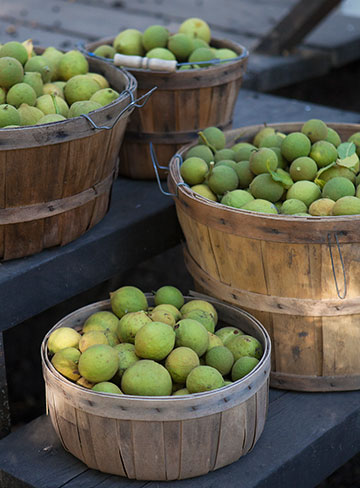
We had to figure out how to get crackin’ (remove the hulls) so they can dry.
Best way to do that?
With a tractor, of course.
Hubby was more than happy to run ’em over a few times. This method is tried-and-true! However, you can use a hammer or the heel of your boot in a pinch. This year we squished them on a patch of dry pasture.
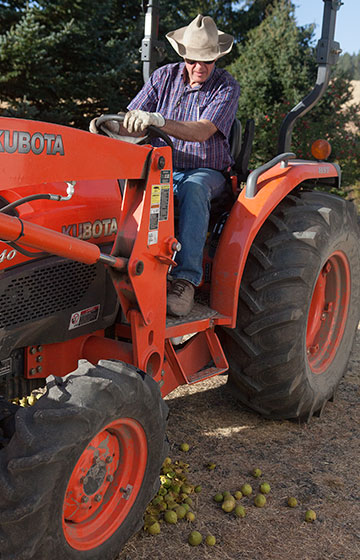
 They do sure look like lemons or limes.
They do sure look like lemons or limes.
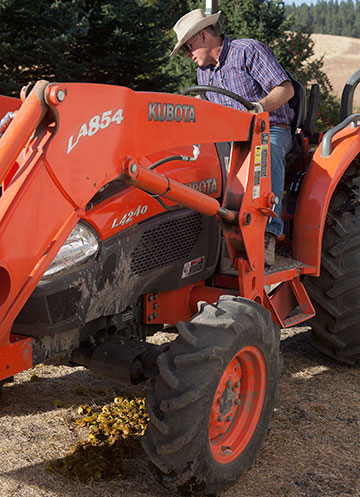
After several sessions under the tires and using heavy-duty gloves, and I mean HEAVY-DUTY, we separated the inner shell from the outer. A chemical in the shells called juglone stains your hands mightily, so gloves are a must. Early pioneers used walnuts hulls to dye their clothing.
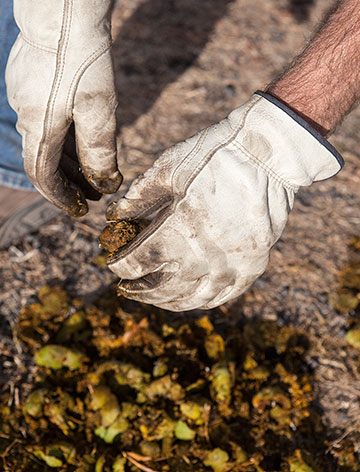
Once they’re dehulled, albeit a little grassy, they look like this:
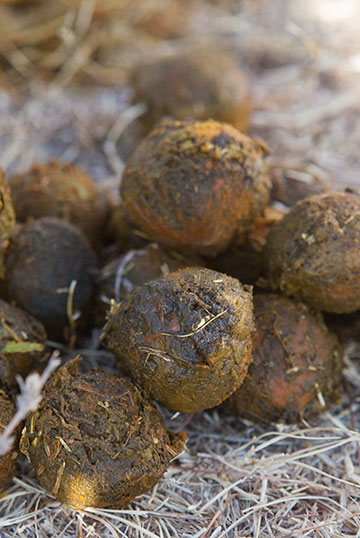
The strength of those outer shells is incredible. But the weight of a tractor can really break ’em down. If you have a small, ripe batch, the heel of a boot will do (kids are helpful in this department).
After a good washing, we’ll let them dry in our mill house on cardboard for 1-2 weeks. Stay tuned for some recipes!





















































Getting the hulls off those nuts is tricky. One time my dad took the tire off of the work jeep parked in front of the shop. It was on blocks as I recall. We put a tin trough under the wheel and while the vehicle was running, we threw the nuts under and they hit the side of the shop peeled up pretty as you please. Thinking of the danger in that method makes me glad thereafter we’d just put them in the driveway and drive over them, then beat the squirrels to them.
“Pretty as you please” put a smile on my face:)
Yummy! Can’t wait for the recipes! My favorite is black walnut cake my mother-in-law used to make. It smelled and tasted so-o-o good!
I’ve used hulls from my friends’ black walnuts to dye wool. It makes a rich warm brown. Really nice. Did not have to patience to pick nutmeats from the shells, so am curious to see how you do it.
Pingback: Today’s Recipe: Black Walnut Pesto Bread | Raising Jane Journal